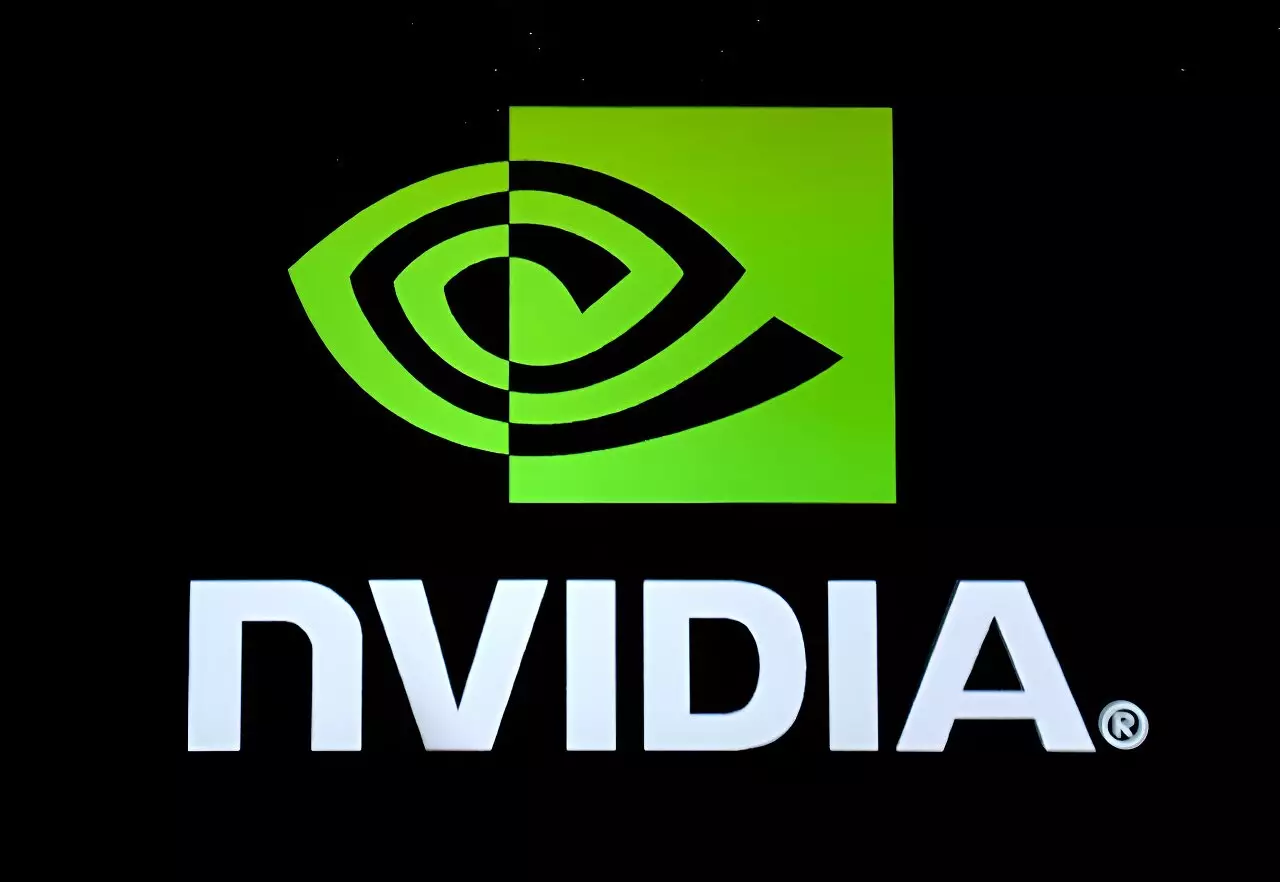Now valued at more than $4 trillion, Nvidia continues to solidify its position as the undisputed leader in the artificial intelligence chip market. The company continues to demonstrate impressive technological prowess and a relentless drive for innovation.
While critics and regulatory bodies scrutinize potential anti-competitive practices, Nvidia asserts that its success is rooted in merit, driven by superior performance and genuine value for its customers. This stance overlooks the complex dynamics of market dominance, where technological excellence often intertwines with strategic influence to shape industry norms. Nvidia’s impressive benchmark results and widespread adoption underscore its technological superiority, yet the shadow of potential misuse of market power prompts a critical examination of its business practices.
Market Dynamics and Customer Choice
Despite Nvidia’s claims of offering options, the landscape reveals a more nuanced reality. Major tech giants like Microsoft, Google, Meta, Tesla, and Amazon rely heavily on Nvidia’s hardware and software to propel their AI ambitions. This dependency raises concerns about switching costs and whether Nvidia’s ecosystem creates barriers to entry for rival chipmakers. The company’s integrated software platforms and proprietary technology complicate efforts for clients to transition to alternative solutions, giving Nvidia an almost monopolistic grip on the AI chip market. Although legal inquiries suggest the possibility of anti-competitive conduct, it’s undeniable that Nvidia’s innovation fuels a booming AI industry, pushing the boundaries of what’s technologically feasible.
Economic Impact and Market Sentiment
Nvidia’s recent financial results reflect its dominance, with quarterly revenues eclipsing expectations at $30 billion. However, the growth trajectory appears to be slowing, raising concerns about the sustainability of the current AI-driven boom amid economic uncertainties. The sharp decline in Nvidia’s stock price following these reports indicates investor apprehension about the long-term viability of its meteoric rise. While Nvidia’s chips are integral to training sophisticated AI models, the broader economic climate and regulatory environment inject volatility into this high-stakes industry. Critics argue that such reliance on a single industry leader could stifle competition and innovation, ultimately harming consumers and technological progress.
Regulatory Oversight and the Future of Competition
The US Department of Justice’s probe into Nvidia’s practices signals an increasing willingness to scrutinize industry giants wielding outsized influence. The investigation centers on whether Nvidia’s business practices hinder rivals from competing fairly – an issue that could redefine the landscape of AI chip development. Although Nvidia maintains that it simply leads through innovation and quality, the risk of regulatory interventions looms large, potentially forcing the company to alter its strategies. If the government finds evidence of anti-competitive conduct, it might set a precedent that constrains Nvidia’s ability to leverage its dominance, fostering a more open and competitive AI ecosystem. Ultimately, the future of AI chip innovation hinges on striking a delicate balance between promoting competition and recognizing technological leadership.


Leave a Reply